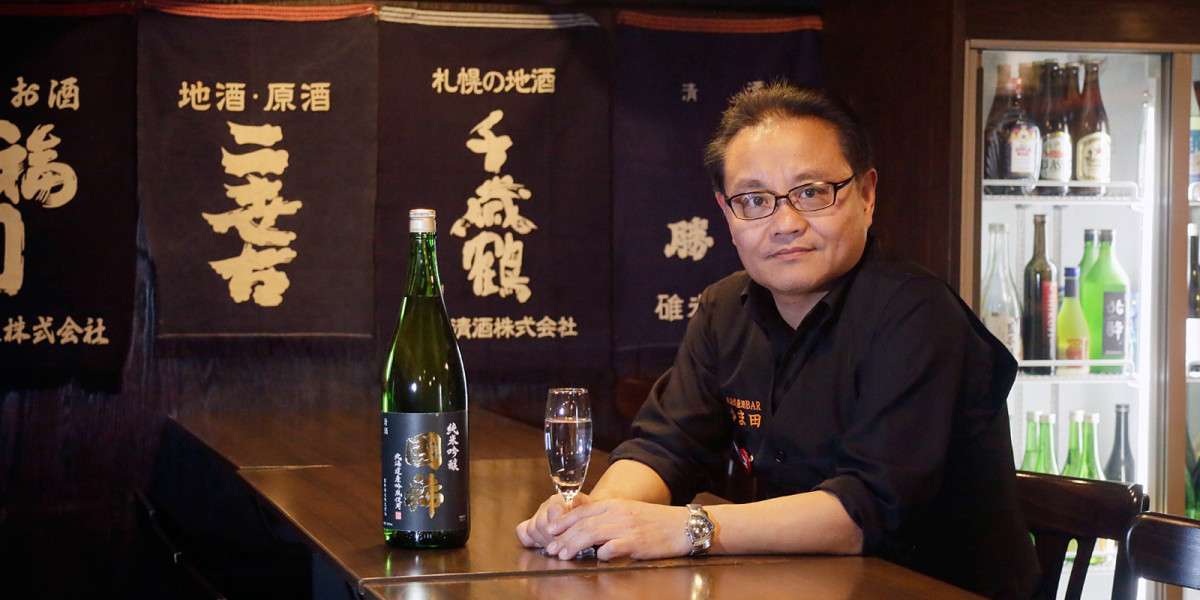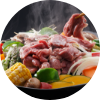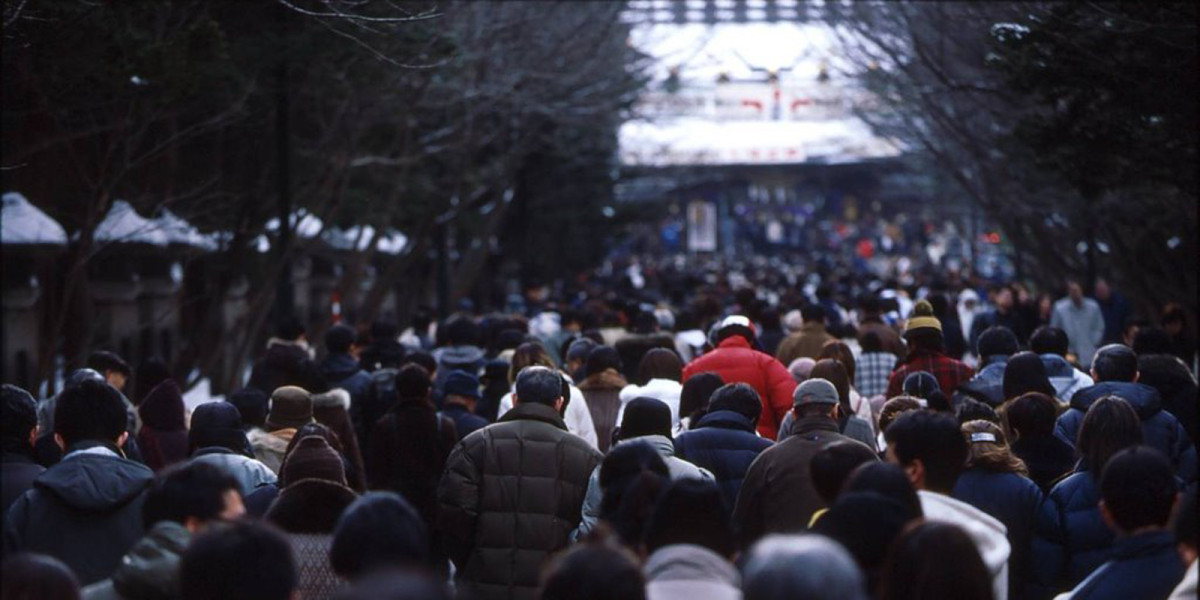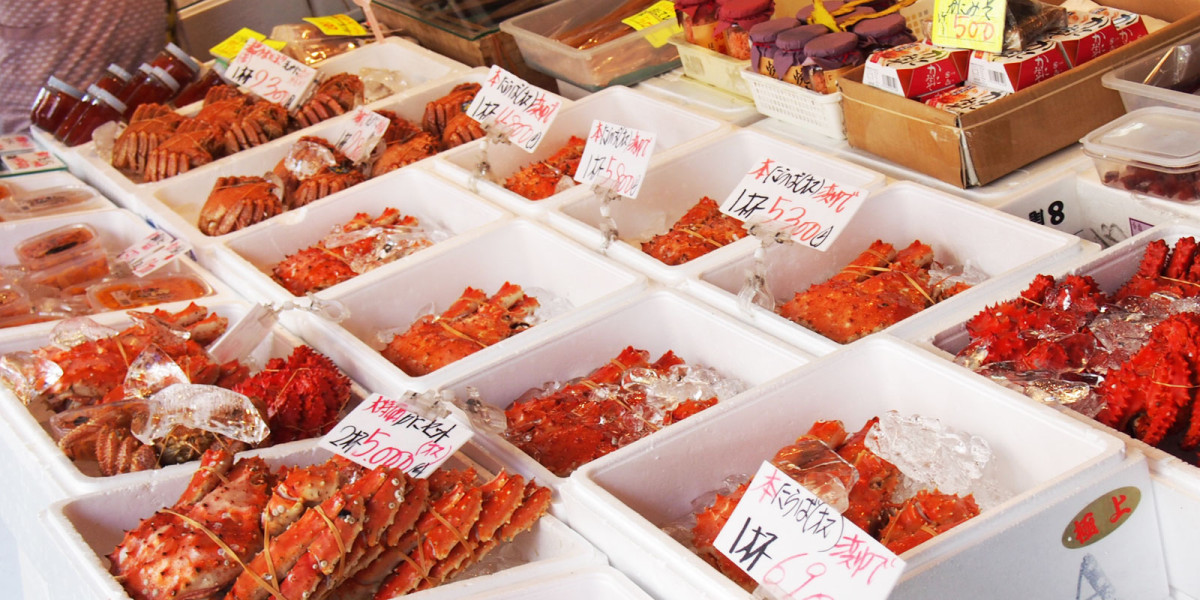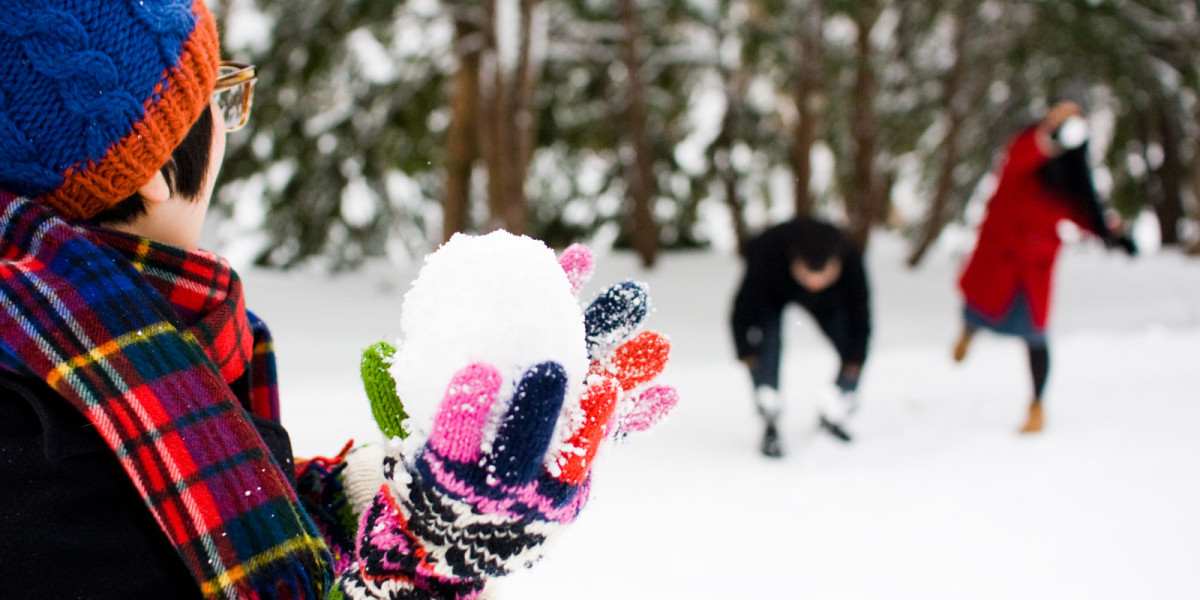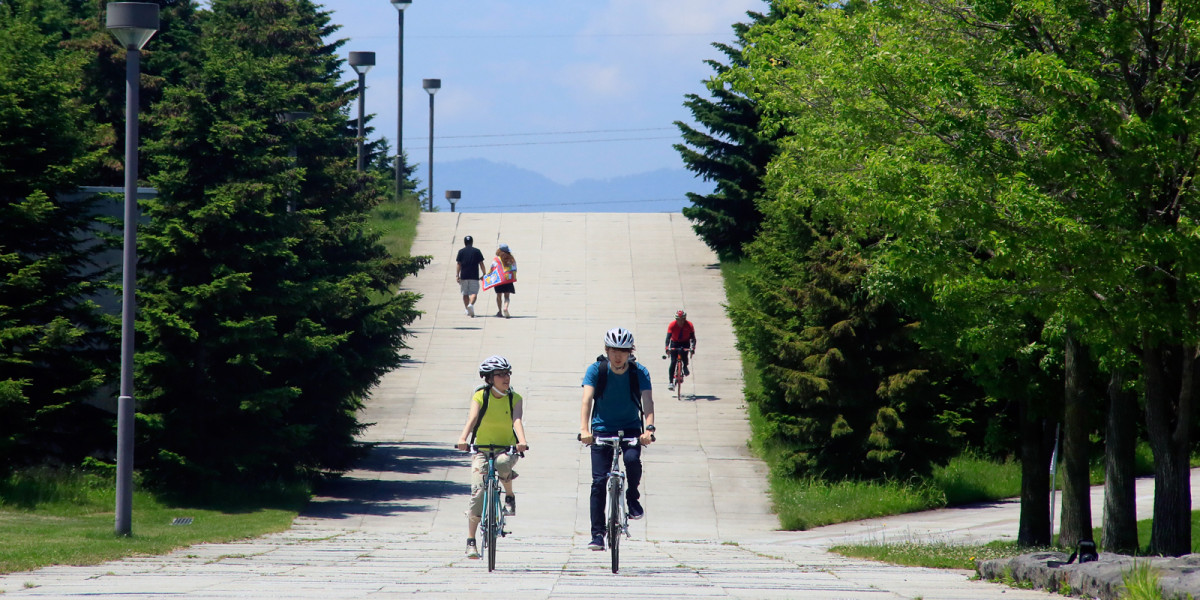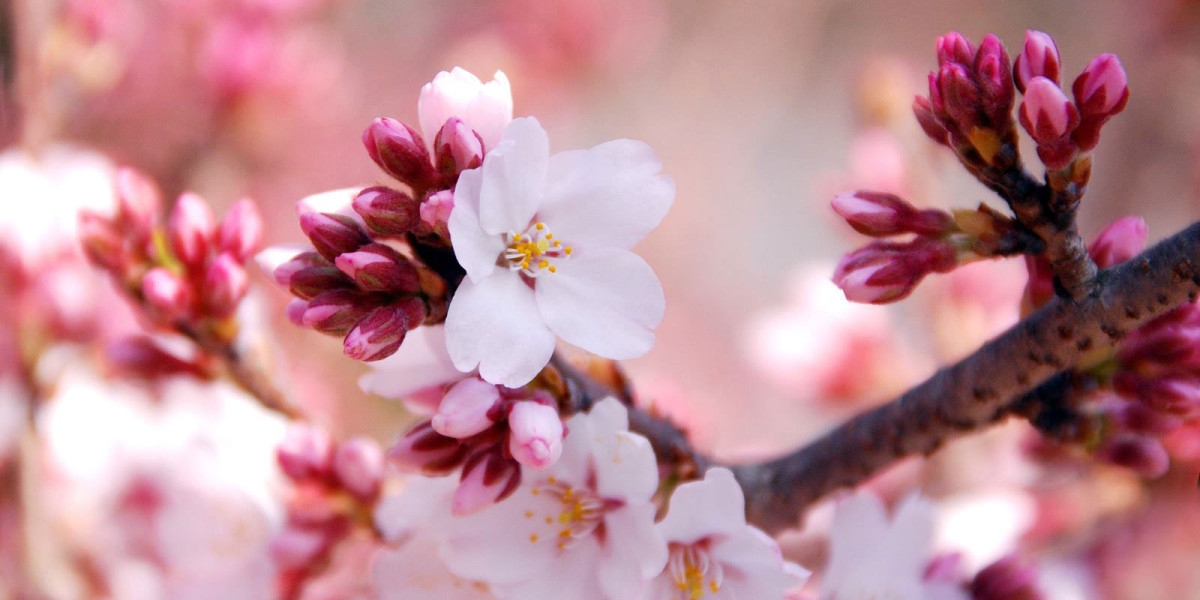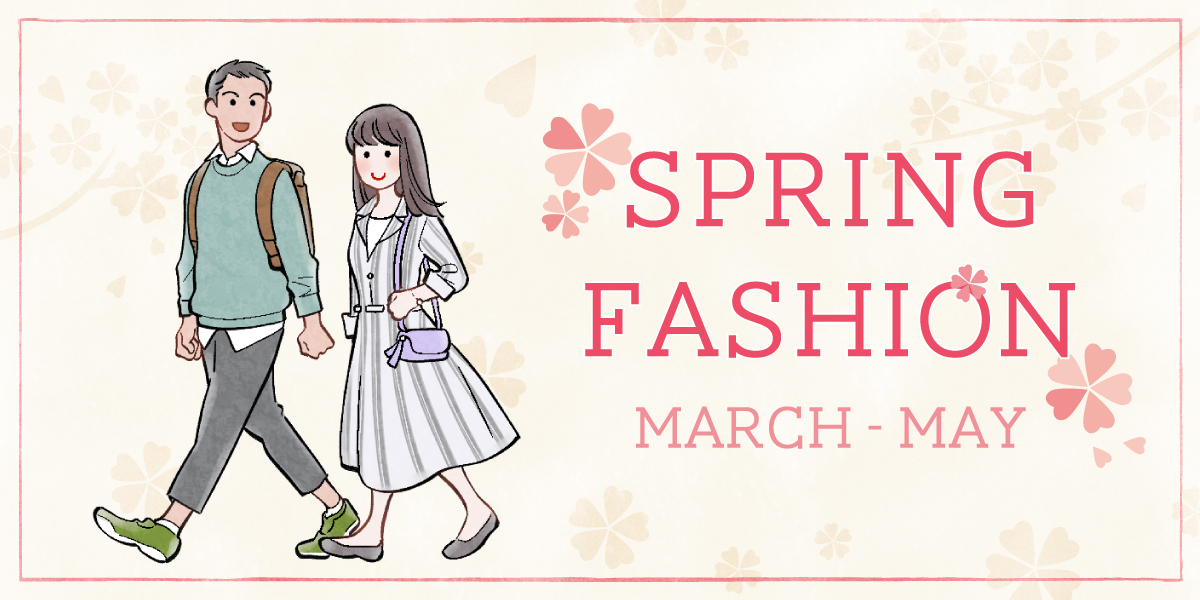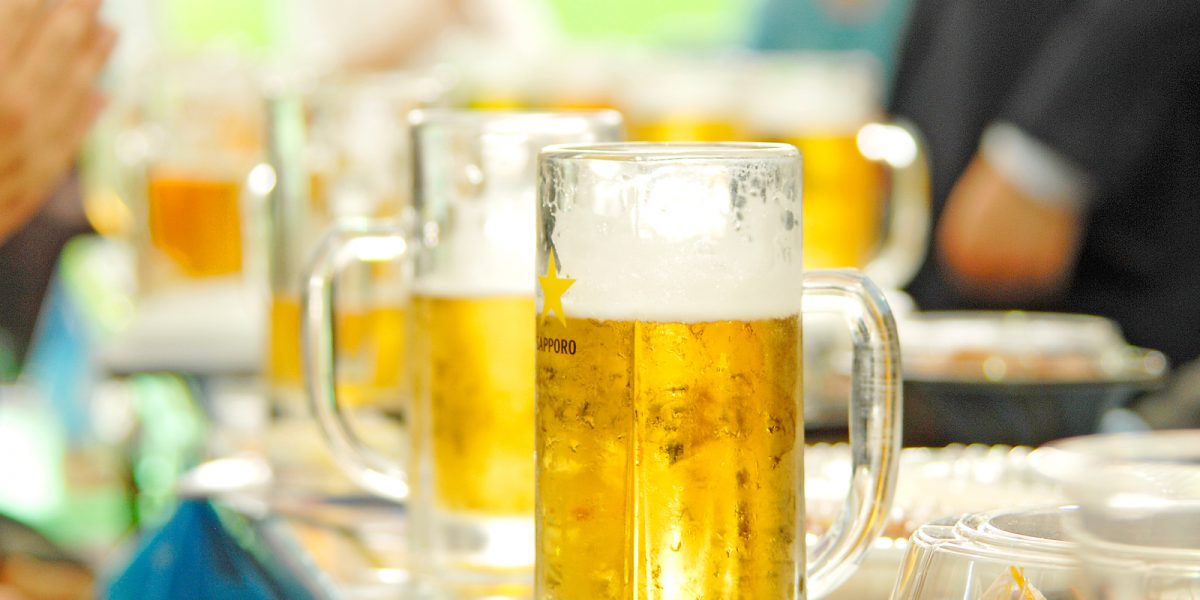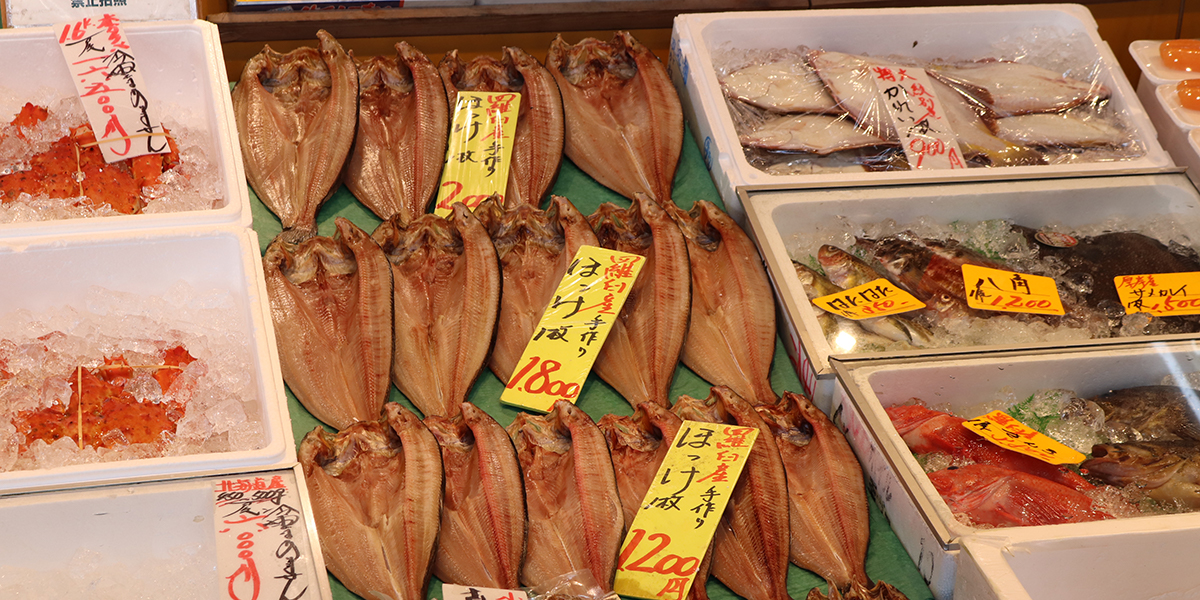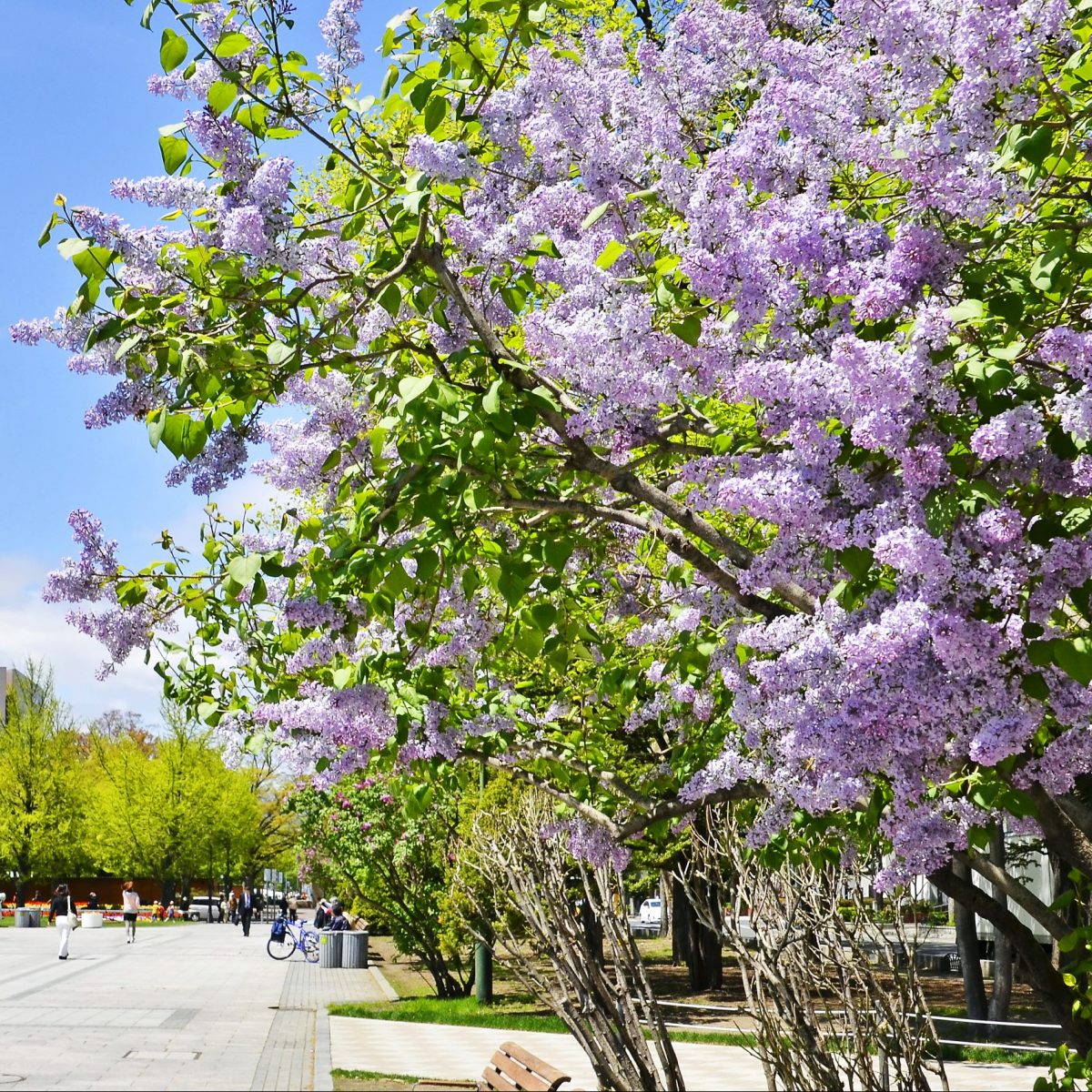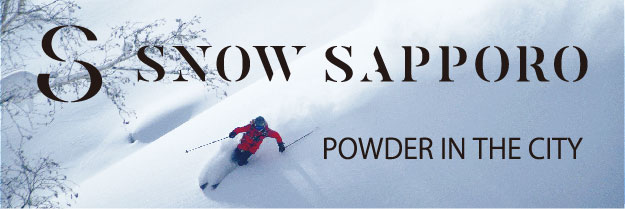Japanese rice wine, or sake, is a brewed alcoholic drink like wine but made from rice. Master sake sommelier Mr. Takashi Kamada, owner of Hokkaido Local Sake—BAR Kamada
Japanese sake, or Japanese rice wine, is an essential component of Washoku, or Japanese cuisine, which is now registered on UNESCO’s Intangible Cultural Property List. Sake has also earned a solid reputation among foodies outside of Japan. We sat down with Mr. Takashi Kamada, owner of Hokkaido Local Sake—BAR Kamada, and master sake sommelier licensed professionally in sake and shochu tasting, to talk about the uniqueness of Japanese sake and sake-brewing in Hokkaido.
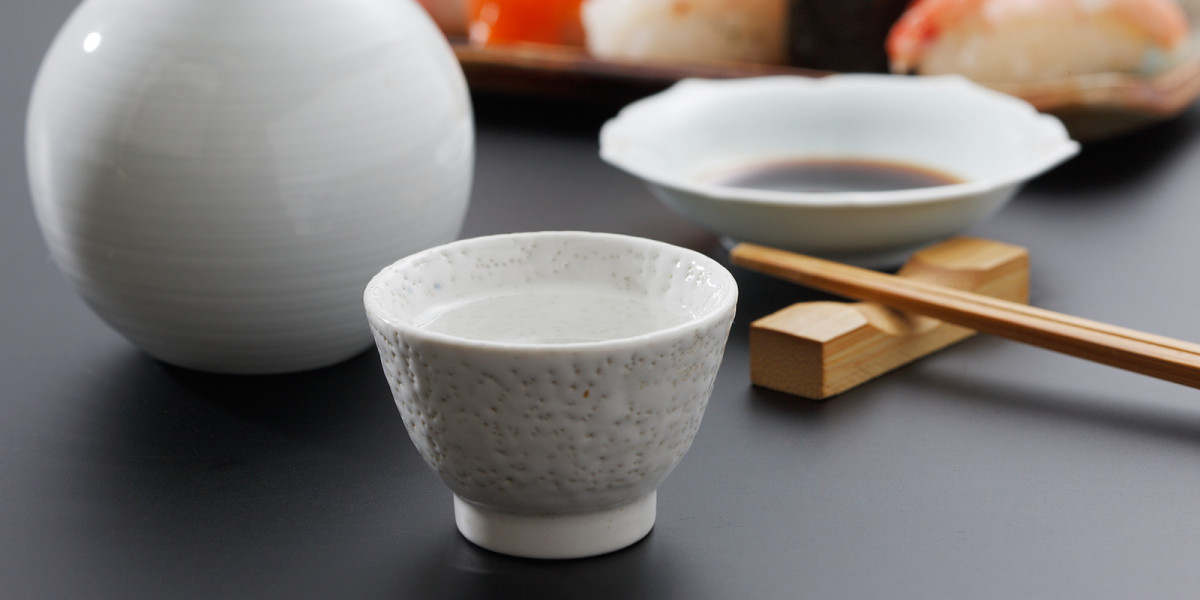
The appeal of Japanese sake, the national alcoholic drink of Japan, is its ability to draw out the flavor of foods.
Sake is one of Japan’s designated national alcoholic drinks along with shochu. A national alcoholic drink refers to a drink that symbolizes a country’s identity. For example, wine for France and beer for Germany. Sake is made primarily from rice, rice malt and water.
“The history of Japanese sake as an alcoholic drink dates back more than 2,000 years, so in this regard sake is an essential component to understanding Japanese culture, along with Shinto rituals or festivals. I have sampled alcoholic beverages made around the world and found that they fuse together with the local food culture. When considering the marriage of food and alcohol, Japanese sake and its umami flavor pairs with a truly wide range of foods. Together with this umami, sake also has a perfect balance of sourness, so while sake is known as a way to get drunk, it also draws out the flavor of foods better than any other alcohol.”
Japanese sake is full of surprises, as it shatters many stereotypes about brewed alcohol.
Kamada was asked to introduce Hokkaido-brewed alcoholic drinks, including sake, as a master sake sommelier and Hokkaido sommelier on Hokkaido Day, an event at Expo Milano 2015 that aimed to share Hokkaido’s food and culture with the world. Kamada also gave a presentation about the appeal of sake as the national alcoholic drink and provided visitors with tasting opportunities. Kamada noted that he truly felt sake’s growing presence as an alcoholic drink in Europe.
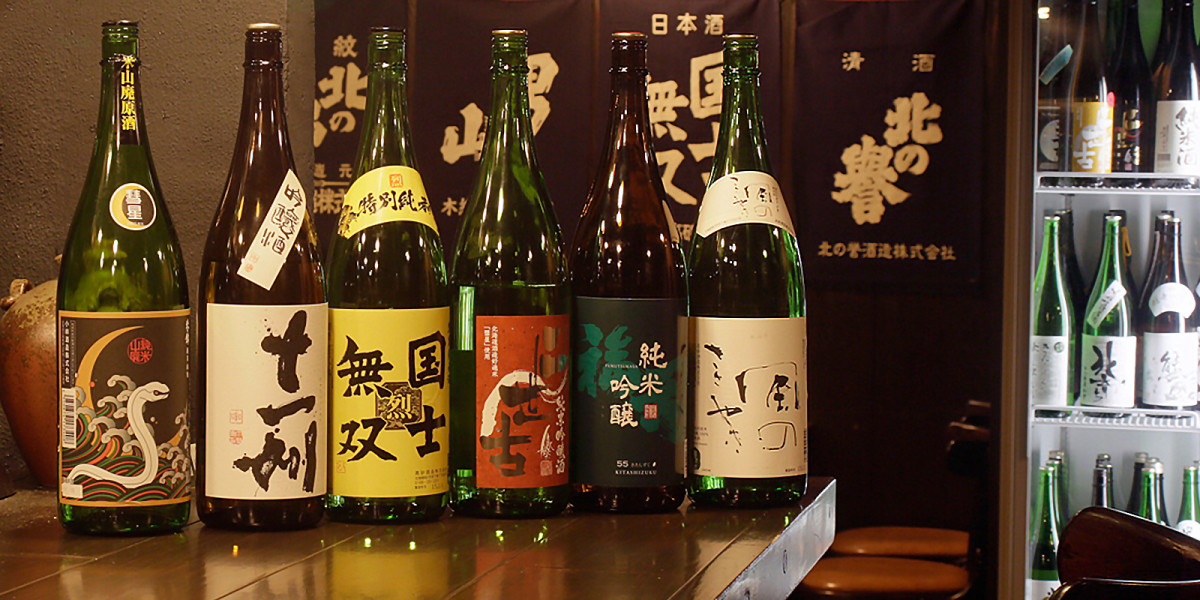
“Outside of Japan we refer to sake as ‘Japanese rice wine’ and promote it in the same category as wine. For example, foreign nationals who enjoy the fragrance of wine prefer Ginjo-shu sake that has a vivid fruity aroma and notes. They taste the depth, full body and sweetness of rice and feel it represents the same delicious taste as wine. The thing that really surprises alcohol aficionados is the unique brewing method of Japanese sake that produces an alcohol content of close to 20%. This high alcohol content is born from a fermentation system developed over generations of experience, realizing an alcohol content that is considered impossible in other brewed beverages. Another thing that surprises people is the wide range of temperatures sake is served at, from 5 degrees Celsius on the low side to 55 degrees Celsius on the high side. These different temperatures also produce different tastes. Of course, there are many alcoholic beverages around the world that are served warm, but in most cases these beverages include an added kick of spices, herbs or sugar. Japanese sake is amazing in that you can experience drastic taste differences without adding a thing. The other thing is that sake is less expensive than wine. If you spent 30,000 yen on a 720 ml bottle you could buy the best possible and highest quality Japanese sake out there.”
Hokkaido’s sake brewing is supported by water, master brewers, and locally-grown brewer’s rice
Japan’s oldest brewery still in existence today is Sudo Honke located in Ibaraki Prefecture. It was originally founded in 1180, making it 835 years old. The start of sake brewing in Hokkaido was by Shibata Shuzoten, the predecessor to Nippon Seishu, which established a brewery on the bank of the Sosei River in 1872. Given Hokkaido’s cold climate, the first variety of rice ideal for brewing sake was not grown until 1998. If locally made sake is made from locally-produced brewer’s rice, Hokkaido’s sake history has only just begun.
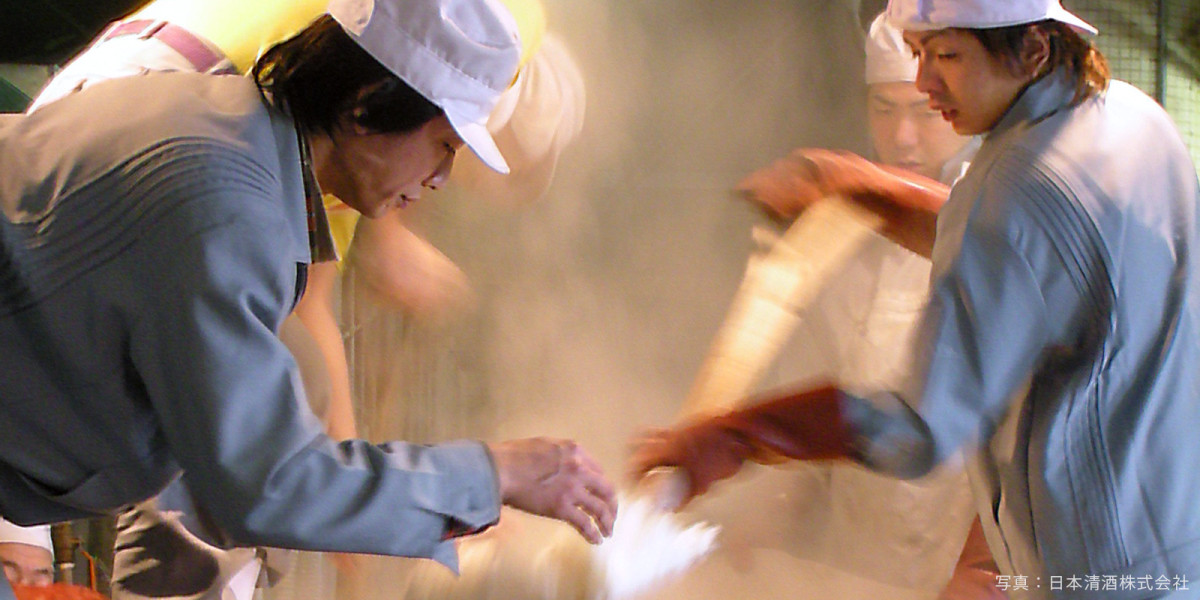
“Kisenya Otokoyama Honke Otokoyama Co., Ltd. is a brewery located in Asahikawa that has continually marketed the appeal of Japanese sake overseas since the 1970s. This brewery played an important role in informing the world about Japanese sake at a time when no one really knew about just how great sake is. Some 40 years later I often find Otokoyama brand sake on the shelves overseas, and most foreign nationals, if asked to name a sake brand, will say “Otokoyama.” This is something I’m really proud of as someone from Hokkaido. In the past, Hokkaido-made sake used brewer’s rice grown on Honshu. At the time, not only did it cost money to ship the rice here, but in bad crop years it was really hard to get high quality brewer’s rice. Now that brewer’s rice is being cultivated in Hokkaido, about 58% of sake brewed in the prefecture uses Hokkaido-grown rice. There are even sake brands today that utilize Hokkaido’s cold climate to their advantage, such as storing the sake over the winter buried in snow. Hokkaido-made sake can now join the brotherhood of “local sake” thanks to the region’s pristine water, master brewers, and now the presence of locally grown brewer’s rice. I invite every visitor of Hokkaido to create unforgettable memories of their trip by sampling Hokkaido-made local sake with the best of Hokkaido’s local foods.”
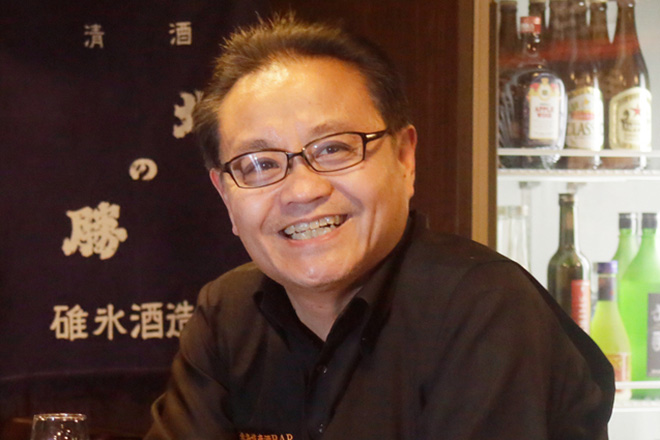
Takashi Kamada
Owner of Hokkaido Local Sake—BAR Kamada
Master Sake Sommelier & Hokkaido Sommelier
At the 3rd World Sake Sommelier Competition in 2012, Takashi Kamada became the first person ever to receive second place awards in both the Japanese sake and shochu categories. Kamada is known as the leading sake sommelier in all of Japan. He holds accreditations as master sake sommelier, Japanese sakeology instructor, Japanese sake connoisseur, shochu connoisseur, wine sommelier, Japanese sake quality appraiser, shochu quality appraiser, wine quality appraiser, Hokkaido food meister, Hokkaido tourism meister and chef. Kamada is also actively involved as a “Hokkaido Sommelier” who shares Hokkaido’s attractions with Japan and the world through newspaper articles, magazine articles, radio interviews, TV interviews and presentations. As owner of Hokkaido Local Sake—BAR Kamada, he ensures that every ingredient prepared, with the exception of olive oil, is sourced from Hokkaido. His bar’s collection of some 300 alcoholic beverages are all exclusively made in Hokkaido, including sake, shochu, beer, and wine. The bar’s menu is available in English, and if he is there, Kamada himself can also provide assistance in English.
Hokkaido Local Sake—BAR Kamada
MY Plaza Building 8F, Minami 4-jo Nishi 4-chome, Chuo-ku, Sapporo
tel: 011-233-2321

